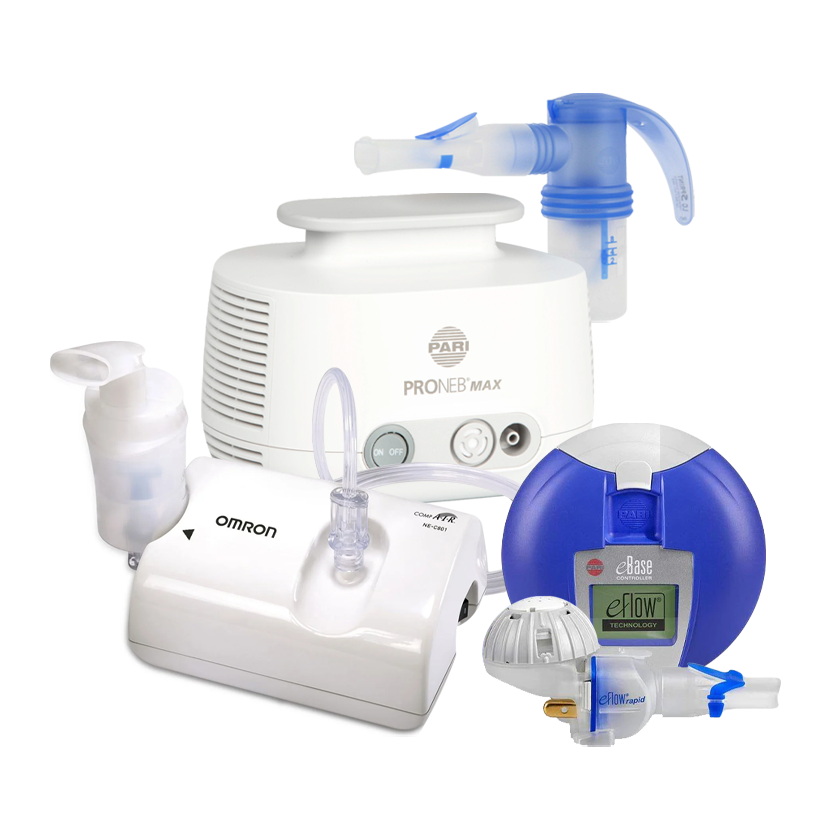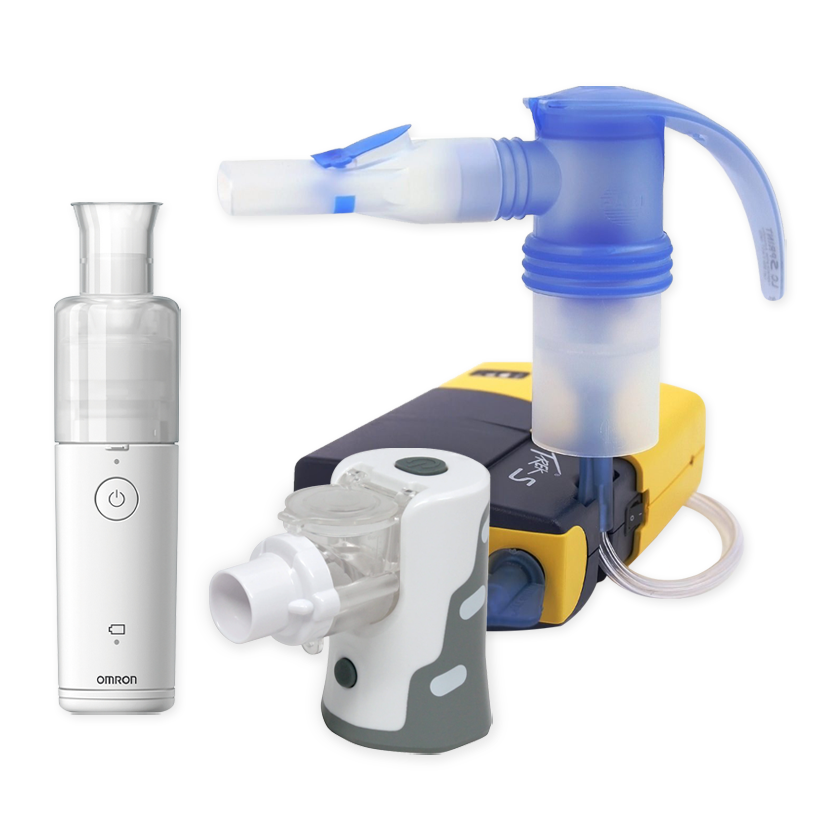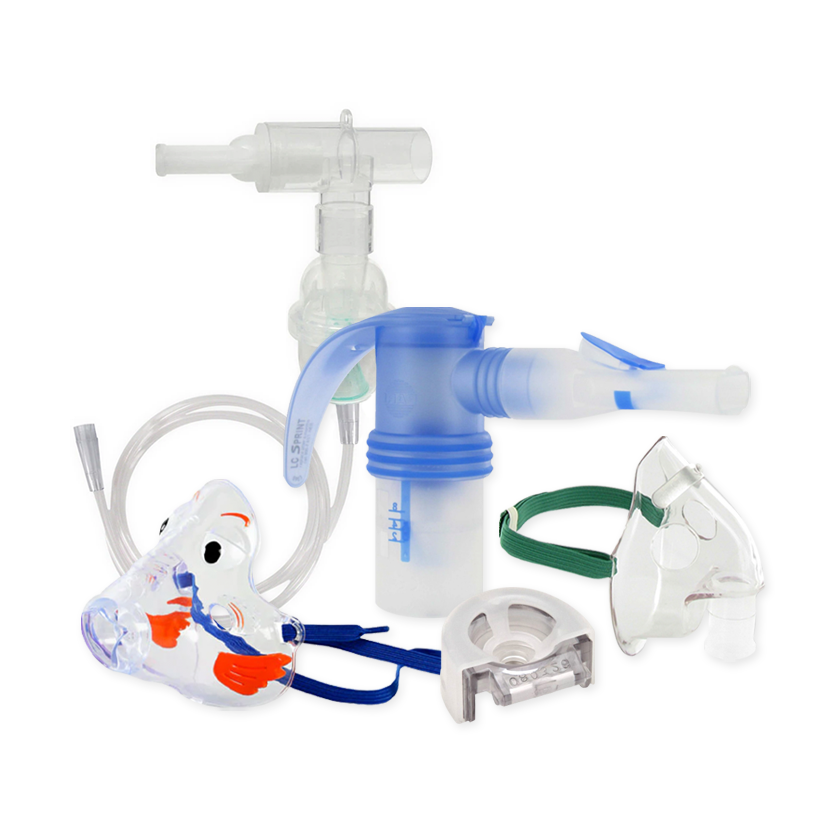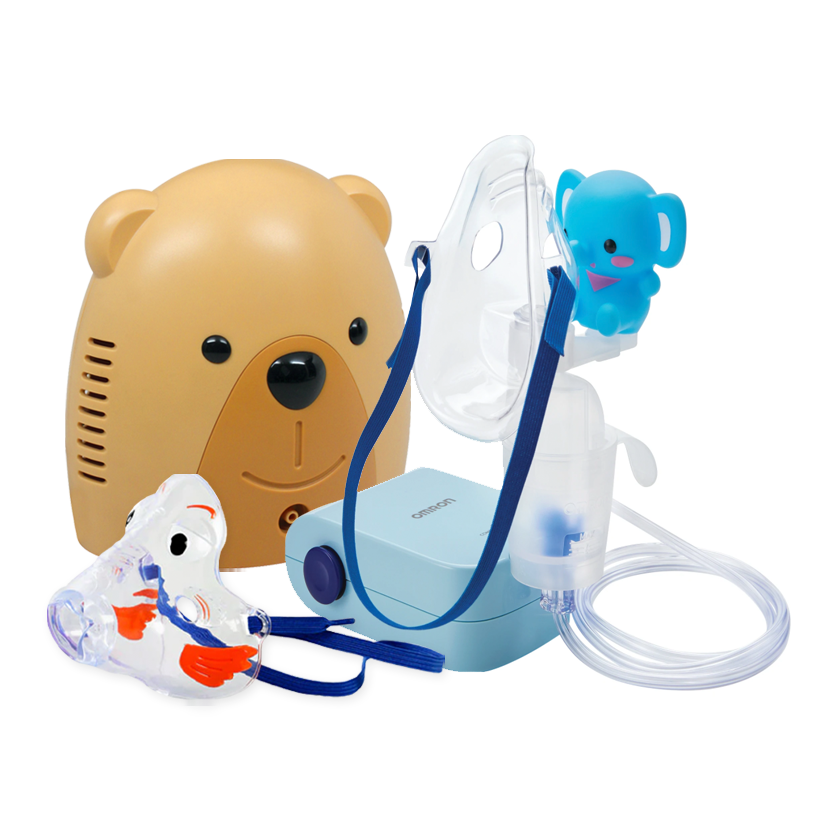Your Cart is Empty
Free Shipping on all orders over $75!
Menu

Free Shipping on all orders over $75!
Nebulizer Systems
Travel Nebulizers
Nebulizer Accessories
Just For Kids
Oxygen Supplies
Infant Nebulizer
November 20, 2009 2 min read
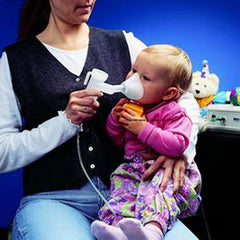 From pediatric asthma to severe croup, nebulizer treatments can be prescribed for a variety of infant medical conditions. A nebulizer treatment is especially effective for infants and children, because it allows the medication to get more deeply into the lungs. Even though breathing treatments with a nebulizer are more effective, it can be difficult to administer the treatments because children can be a little scared of the mask and the machine. There are a few things that a caregiver can do to make treatments more enjoyable for all involved.
From pediatric asthma to severe croup, nebulizer treatments can be prescribed for a variety of infant medical conditions. A nebulizer treatment is especially effective for infants and children, because it allows the medication to get more deeply into the lungs. Even though breathing treatments with a nebulizer are more effective, it can be difficult to administer the treatments because children can be a little scared of the mask and the machine. There are a few things that a caregiver can do to make treatments more enjoyable for all involved.
When treating an infant, you will need an accessory to aid in the medication delivery since infants cannot be instructed to properly use a mouthpiece. Using either a mask or pacifier attachment can help to properly administer the treatment. While masks can be scary, they often provide the best treatment with the least medication waste and the best chance for a good treatment. Practicing wearing the mask when treatments are not being administered can help your child get used to wearing the mask. Wearing a nebulizer mask while reading or rocking can help your child associate the mask with pleasurable activities, which will make nebulizer treatments easier for everyone.
If your child does not want to wear a mask, there are a couple of other options. 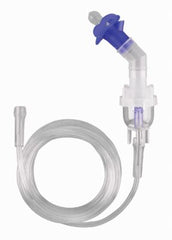 A pacifier attachment administers the medication through the child's nose when they suck on the pacifier. There are also conversion kits for the PARI LC Plus nebulizer kit which have a rotatable elbow and tight fitting non-latex mask. These conversion kits make it easier to administer treatments to a child while they are sitting on a lap or stroller, lying down, or standing.
A pacifier attachment administers the medication through the child's nose when they suck on the pacifier. There are also conversion kits for the PARI LC Plus nebulizer kit which have a rotatable elbow and tight fitting non-latex mask. These conversion kits make it easier to administer treatments to a child while they are sitting on a lap or stroller, lying down, or standing.
Regardless of what delivery method you choose, it is important that your child receives the best treatment possible. Ideally, your child should be breathing normally and not crying during the treatment. When your child is crying, the medication does not get as deeply into the lungs and gets just to the upper respiratory area. You should use the nebulizer machine until all the medication is used and waste as little medicine as possible.
Subscribe
Sign up to get the latest on sales, new releases and more …
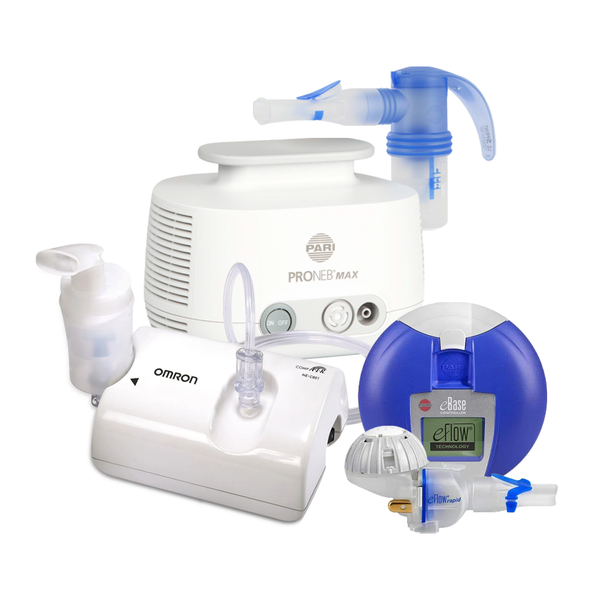
NEW CUSTOMERS SAVE $5 OFF YOUR FIRST PURCHASE OF $20 OR MORE
Code will be sent to email entered if applicable
SIGN UP FOR FUTURE SALES, NEW PRODUCTS AND ANNOUNCEMENTS
{"themeColor":"#061f77","iconColor":"#061f77","showLogo":true,"topBottomPosition":0,"rightLeftPosition":5,"iconSize":"large","iconCustomSize":64,"position":"middle-right"}
